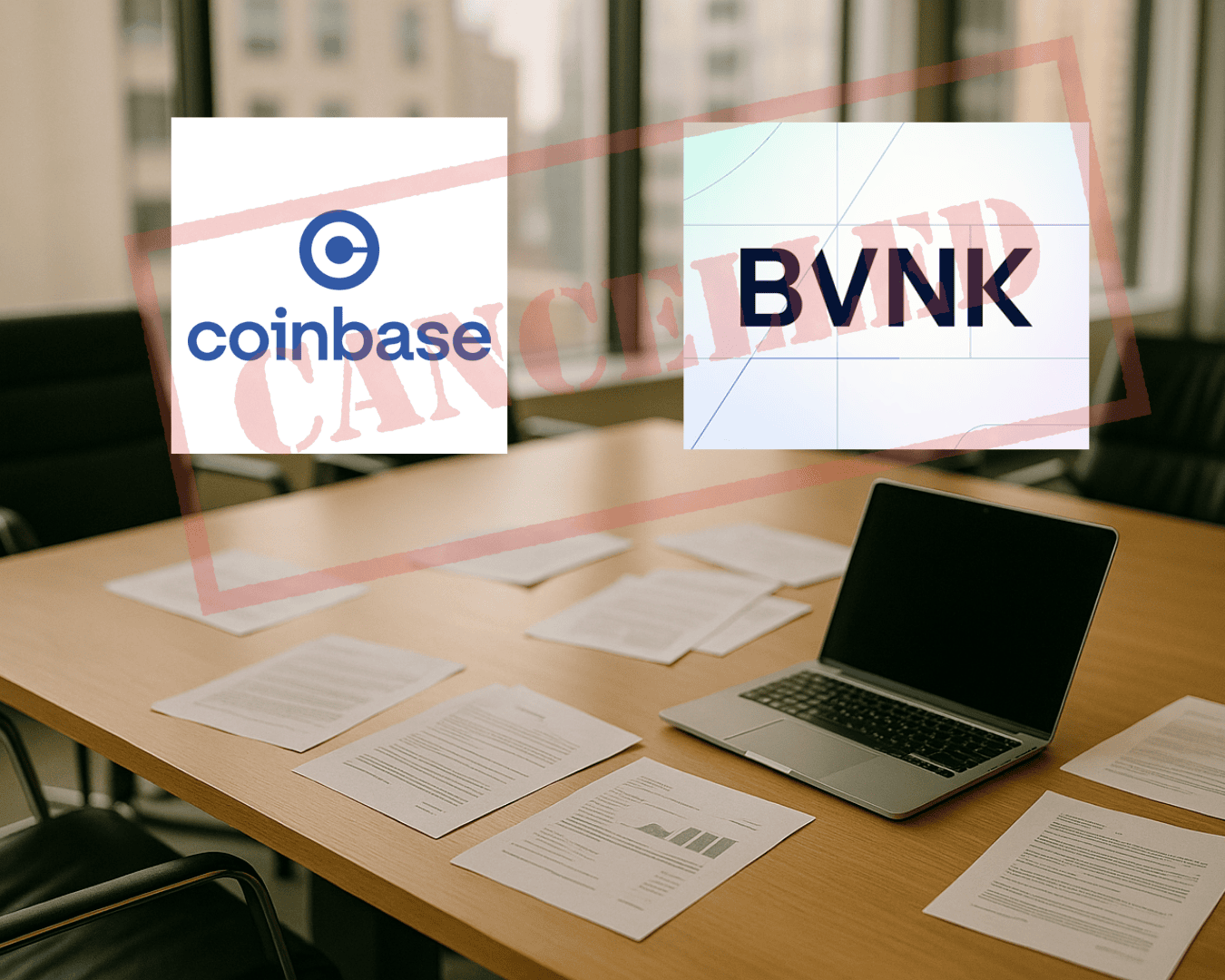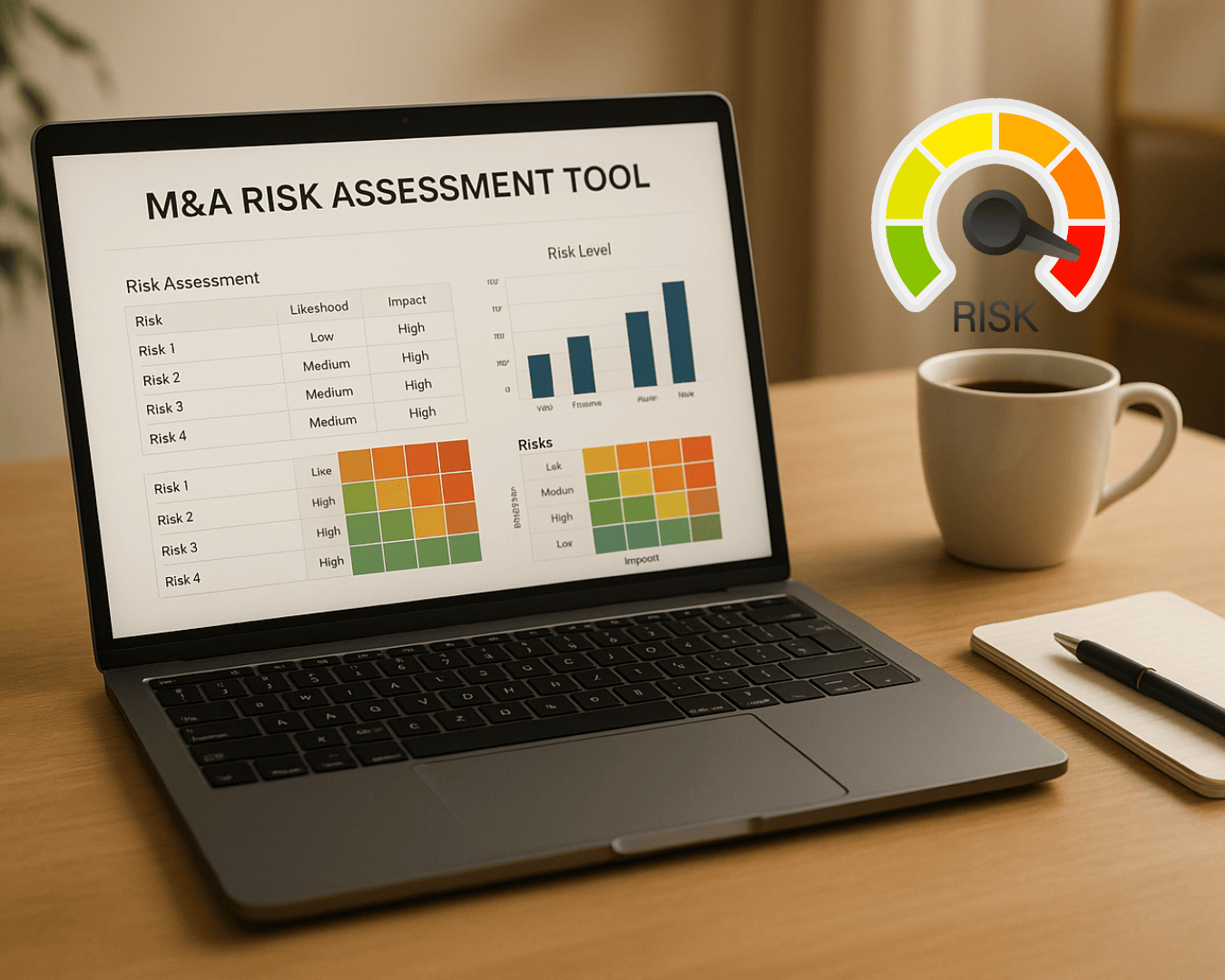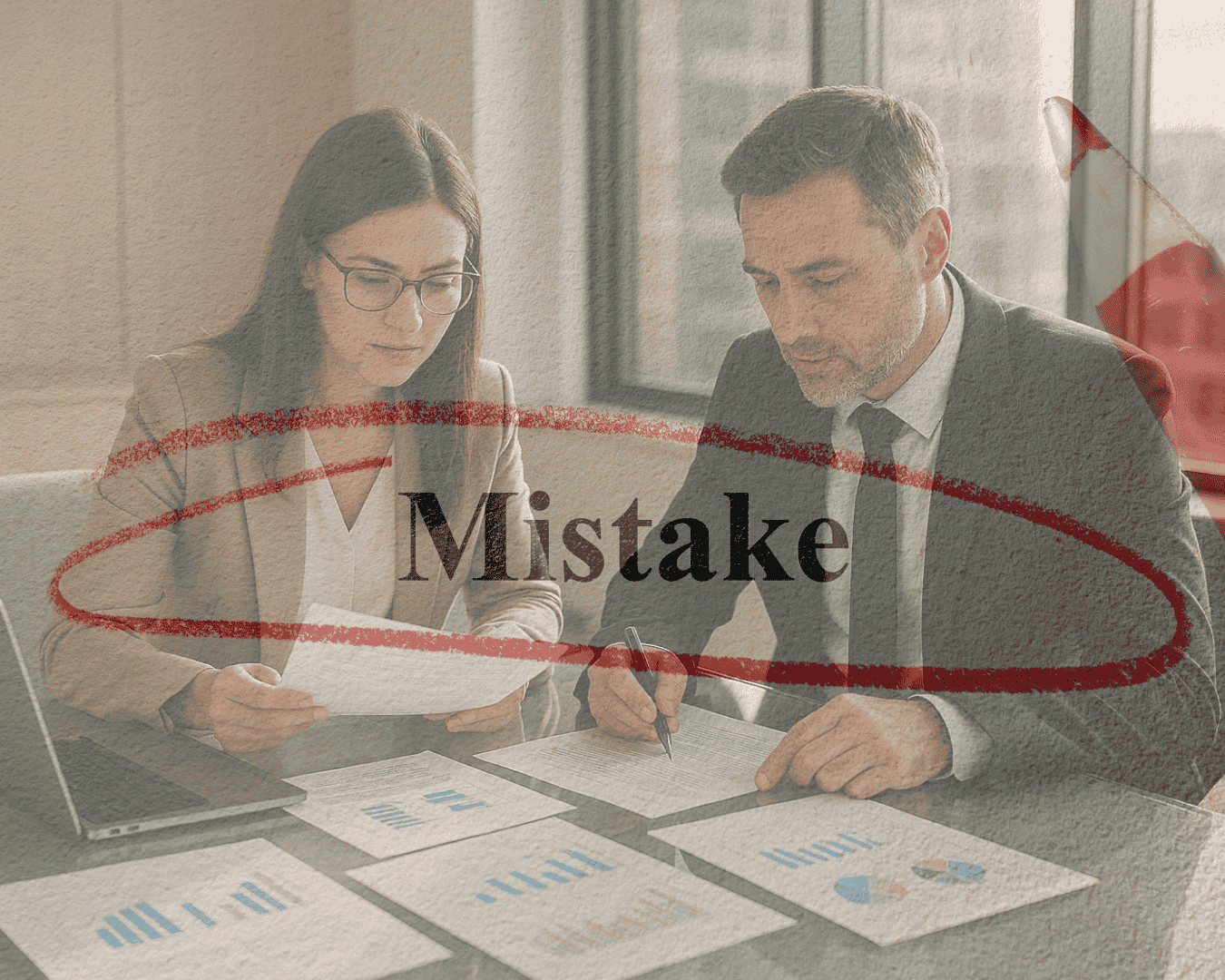Acquiring a small business comes with more than just taking over its operations - you also inherit its regulatory obligations. Missing compliance steps can lead to fines, legal issues, or even operational shutdowns. Here’s what you need to know:
- Why Compliance Matters: Overlooking permits, licenses, or legal requirements can disrupt operations or result in costly liabilities.
- Key Risks: Non-compliance increases costs by 2.71x compared to staying compliant. Examples include fines like Honda’s $632,500 penalty for privacy violations in 2025.
-
Steps to Take:
- Verify all business licenses and permits at federal, state, and local levels.
- Conduct legal due diligence to check for lawsuits, regulatory violations, and contract obligations.
- Review tax filings, payroll, and sales tax compliance to identify hidden liabilities.
- Plan for post-acquisition actions like license transfers and regulatory notifications.
Pro Tip: Use tools like Clearly Acquired to simplify compliance checks with AI-powered insights and document management.
Skipping compliance checks can derail your acquisition. Start early, focus on licenses, legal risks, and tax obligations, and leverage technology to stay organized.
What Should Be On A Due Diligence Checklist? - BusinessGuide360.com
Business License and Permit Verification
Making sure licenses and permits are in order is a critical step to ensure the business operates legally after an acquisition. This involves thorough research across federal, state, and local levels to confirm compliance. The challenge grows when you consider that around 65% of license registration requirements change annually.
Finding Required Licenses and Permits
Start by identifying the business's core activities and location. Licensing needs depend on the specific operations, industry classification, location, and organizational structure. For instance, a restaurant in California will need permits that are entirely different from those required for a manufacturing plant in Texas, even if both are small businesses.
To cover all bases, research federal, state, county, and city requirements. Agencies like the EPA, OSHA, and FDA often regulate specific industries, while local offices handle more location-specific rules. The Small Business Administration (SBA) website is a helpful starting point, and industry associations can provide insights into specialized licensing needs. This is especially important for highly regulated industries such as healthcare, financial services, or food services.
After gathering information, confirm your findings directly with local clerks and licensing offices. Online databases might not always have the latest updates, and this extra step can save you from unexpected issues later.
Checking Business Registration and Standing
A certificate of good standing is a key document to confirm that the business is legally registered and compliant with all necessary filings. This certificate, issued by the Secretary of State’s office in the state where the business is incorporated, ensures the business is authorized to operate.
"A business in good standing has fulfilled all its legal obligations, such as registering with the appropriate authorities, submitting required reports, and paying necessary fees and taxes."
- Gabija Stankevičiūtė, Consistent Writer
To verify this, check the Secretary of State’s website and review records from the Better Business Bureau (BBB) for additional operational insights. If the business operates under a different name, look for any DBA (Doing Business As) filings.
Conduct Know Your Business (KYB) checks to uncover potential risks like negative media coverage, connections to politically exposed persons (PEPs), or anti-money laundering (AML) concerns. These checks are particularly important for businesses in industries with stricter regulatory oversight.
Confirming License Transferability
Licenses are often tied to both the business and its owner, making transfers tricky. While some licenses transfer automatically with proper notification, others may require a full reapplication under the new owner’s details.
To understand the process, reach out to each issuing authority. Some agencies allow for straightforward "Change of Ownership" filings, while others may demand new applications, background checks, or additional fees. The requirements vary widely depending on the type of license and the issuing jurisdiction.
"Ensuring your company is properly licensed helps to bring protection to yourself, your employees, and your customers."
- CT Corporation Staff
Plan for potential delays in transfer timelines. If a license cannot be transferred and requires a new application, allocate enough time before the acquisition closes to complete the process. Certain professional or specialized permits can take weeks or even months to approve, which could temporarily halt business operations.
Create a detailed inventory of each license, including its issuing authority, transfer options, and required actions. This documentation is essential for maintaining compliance and ensuring smooth operations post-acquisition.
For complex transfers, consider hiring licensing specialists or legal advisors. Their expertise can help you navigate the process efficiently and avoid overlooking critical licenses. Once all licenses are verified and transferability is addressed, you can move forward with broader legal and regulatory due diligence.
Legal and Regulatory Due Diligence
Once you've confirmed licenses and permits, the next critical step is reviewing the business's legal and regulatory history. This phase often uncovers risks that could influence your decision to move forward or affect the business after the purchase.
"Due diligence is the heart of a successful merger or acquisition." - Chris O'Leary
Legal due diligence digs deeper than basic compliance. It involves analyzing contracts and legal documents to identify liabilities that might affect the business's valuation or operations. Using a structured checklist can make this process more efficient, ensuring no critical details are overlooked. This approach connects surface-level compliance with a deeper understanding of potential legal risks.
Checking Past and Current Legal Actions
A thorough check of the business's legal history is essential. This means examining court records, regulatory filings, and investigation reports to spot any warning signs.
Search federal and state court systems for litigation, judgments, injunctions, consent decrees, investigations, and settlement agreements. While many records can be accessed online, some may require direct contact with the courts.
Look for patterns in legal troubles rather than isolated incidents. A single resolved case might not raise concerns, but multiple lawsuits or repeated regulatory violations could point to deeper operational or management issues.
Also, be sure to investigate actions by agencies like OSHA or the EPA, even if they didn't result in formal litigation. Fines or compliance orders from these agencies can still harm the business's reputation and future operations.
For a more comprehensive review, consider bringing in legal experts or consultants, such as accountants or insurance specialists.
Reviewing Contracts and Agreements
Reviewing contracts is a cornerstone of legal due diligence. Every major agreement the business has entered into should be analyzed to uncover potential risks and understand ongoing obligations.
Focus on consultant agreements, franchise contracts, licensing deals, guarantees, indemnification clauses, and contingent liabilities. Additionally, check auditor correspondence, which may reveal financial or operational concerns.
Pay close attention to assignability clauses in key contracts. Some agreements may restrict transfer to new ownership or require consent from other parties. This is especially important for contracts with key customers, suppliers, or landlords.
Other critical documents to review include security agreements, mortgages, leases, letters of credit, outstanding debts, and guarantees. These financial commitments could transfer with the business, potentially affecting cash flow or flexibility.
Watch for any unusual terms, such as automatic renewals, penalty clauses, or exclusivity agreements, that might limit the business's ability to adapt or expand under new ownership.
This review should cover all contracts, from leases and purchase agreements to employee contracts and intellectual property documents.
Industry-Specific Compliance Requirements
Beyond general legal risks, industry-specific regulations require special attention. Each industry operates under unique rules that could significantly impact compliance and future operations.
- Healthcare businesses must adhere to HIPAA regulations for patient data and state licensing requirements. Investigate any past HIPAA violations, health department citations, or Medicare/Medicaid compliance issues.
- Financial services firms face oversight from agencies like the SEC and FINRA. Review regulatory examinations, enforcement actions, and customer complaints.
- Food service businesses must comply with FDA, USDA, and local health department standards. Check for health inspection reports, food safety violations, and any history of recalls or contamination.
- Manufacturing companies are typically regulated by OSHA and the EPA. Review safety incident reports, environmental audits, and any past fines or citations.
If the business processes credit card payments, it must also meet PCI DSS standards. With over 70% of businesses experiencing ransomware attacks in 2023, cybersecurity compliance is now a critical consideration.
Tailor your due diligence to the specific industry. A generic checklist may miss risks that could significantly affect the business's success. Consulting with industry experts or regulatory specialists can provide valuable insights. Resources like the EPA's Small Business Ombudsman's office and Compliance Assistance Centers can clarify federal environmental requirements.
Legal and regulatory due diligence takes time and attention to detail, but it lays the groundwork for a well-informed acquisition. Once this phase is complete, you'll have a clearer understanding of the business's legal standing and can move on to assess its financial and tax compliance with confidence.
Tax and Financial Compliance Review
After completing legal due diligence, it's time to dive into the tax and financial aspects of the business. This step is crucial because it can uncover hidden issues that might impact your decision to move forward or create unexpected liabilities after the deal closes. Tax compliance problems, in particular, can stick with a business long after the acquisition, potentially leading to penalties and interest - and even personal liability for the new owner.
A thorough financial review goes beyond just checking the books. It ensures all tax obligations have been met and identifies any lingering liabilities. This process not only protects you from inheriting tax debts but also clarifies the ongoing compliance requirements you'll face as the new owner.
Checking Federal, State, and Local Tax Compliance
Start by examining the business's tax filings for the past three to five years. Request copies of all federal, state, and local tax returns, including income tax, franchise tax, and any industry-specific taxes. Confirm that all returns were filed on time and that any taxes owed have been paid. Patterns of late filings or payments can signal cash flow issues or poor financial management. Also, check for any outstanding tax liabilities, liens, or payment plans.
Review the business's audit history with tax authorities. Request documentation of any past audits by the IRS, state, or local agencies, and confirm whether any recommended changes were implemented. To double-check the business's standing, contact tax authorities directly - for example, you can request a tax transcript from the IRS or use similar services at the state level.
Make sure the business is up-to-date on estimated tax payments. Confirm that quarterly payments are current and that enough funds are set aside for year-end obligations. Falling behind on these payments can lead to penalties and interest.
Confirming Payroll and Sales Tax Compliance
While tax filings provide a foundation, payroll and sales tax compliance are equally important. Payroll tax errors are surprisingly common and expensive to fix, with U.S. companies averaging an 80% accuracy rate and spending around $300 per error to correct mistakes.
Start by gathering payroll data, including hours worked, wage rates, and deductions. Cross-check this information with bank transactions and general ledger entries to ensure it all lines up. Verify each employee's gross pay and deductions, such as Social Security, Medicare, income taxes, health insurance premiums, and retirement contributions.
Payroll fraud is another area to watch closely. It accounts for 9% of occupational fraud cases, with a median loss of $45,000 per incident. Investigate any discrepancies to determine whether they are innocent mistakes or signs of fraud.
For sales tax compliance, review sales receipts, invoices, and tax returns to confirm that sales tax has been collected and remitted correctly. Check whether the business has established a nexus in the states where it operates. For example, in California, a nexus is created by having a physical presence or exceeding $500,000 in sales to California customers. Additionally, verify that the business holds valid exemption or resale certificates for tax-exempt transactions. Missing or invalid certificates can lead to liabilities for uncollected taxes, plus penalties and interest. If the business operates in California, reach out to the California Department of Tax and Fee Administration (CDTFA) to confirm the status of any past sales and use tax obligations.
Reviewing Financial Statements for Compliance
Beyond taxes, it's essential to ensure the business's overall financial structure aligns with established standards. Begin by checking whether the business follows Generally Accepted Accounting Principles (GAAP) or other applicable standards. Look for consistency in accounting methods over time, and investigate any significant changes in practices or estimates.
Review the general ledger for unusual or suspicious entries, especially those made at year-end. These could indicate attempts to manipulate financial results or hide compliance issues. Pay close attention to accounts payable for any outstanding tax obligations or regulatory fines. Also, check accrued expenses to ensure that liabilities like payroll taxes and unremitted sales taxes are properly recorded.
A real-world example highlights the importance of payroll reconciliation. CodeBloom Labs, a tech startup, expanded its workforce from 30 to 120 employees. During a routine payroll reconciliation for the week of November 6–12, 2023, the payroll team discovered six employees were being paid outdated, lower starting rates. The company quickly corrected the issue, ensuring the employees received proper pay along with back pay in their next paycheck. This example shows how regular payroll reviews can uncover liabilities before they snowball.
Lastly, examine cash flow statements for any patterns that might indicate compliance issues. For instance, irregular or large payments to government agencies could suggest the business is catching up on overdue taxes or paying penalties.
Conducting a thorough tax and financial compliance review takes time and attention to detail, but it's a critical step in protecting your investment. Once you've confirmed the business is in good financial and tax standing, you can move forward with confidence into the post-acquisition phase, knowing you won't be blindsided by unexpected compliance issues.
sbb-itb-a3ef7c1
Post-Acquisition Regulatory Actions
After finalizing the acquisition and verifying the financial stability of the business, the work doesn’t stop. The post-acquisition phase demands immediate attention to regulatory compliance. This includes transferring regulatory responsibilities and establishing systems to ensure ongoing compliance. Skipping these steps can lead to serious consequences like fines, regulatory violations, or even a suspension of operations.
The transition period is particularly sensitive. Regulatory authorities need to be notified about ownership changes, licenses must be updated, and compliance systems should be implemented without delay. Each day of inaction increases the risk of complications, making it crucial to have a clear action plan in place. Here’s how to navigate the key regulatory tasks post-acquisition.
Updating Licenses and Registrations
Once the deal is closed, it’s time to update all licenses and registrations to reflect the new ownership. Start by reviewing the list of licenses, permits, and registrations compiled during due diligence. This includes everything from local and state business licenses to industry-specific permits and professional certifications.
Reach out to the relevant licensing authorities to understand the transfer process for each license. Some licenses may transfer automatically, while others require formal applications or approvals. Professional licenses, such as those for contractors, healthcare providers, or financial services, often have more rigorous requirements and may need entirely new applications.
Don’t overlook federal registrations. For instance, if the business has a federal tax ID number, trademarks, or specific federal licenses, these will require separate notifications. Depending on the acquisition structure, the IRS might also require a new Employer Identification Number (EIN).
For businesses in heavily regulated industries like banking, insurance, gaming, or transportation, additional steps may be necessary. These industries often have unique requirements that can significantly affect the acquisition process and must be addressed promptly.
Meeting Notification Requirements
Regulatory and antitrust notification requirements must also be handled carefully. These include rules for securities, foreign investments, and state-specific regulations. Addressing these early on can help avoid costly delays or compliance issues.
For securities-related businesses, the Financial Industry Regulatory Authority (FINRA) has specific notification guidelines. Firms involved in mergers, acquisitions, or asset transfers must meet various regulatory obligations. For example, FINRA suggests notifying your coordinator about changes like mergers with other broker-dealers, customer asset transfers, or shifts in registered representatives.
In some cases, federal antitrust notifications may be required under the Hart-Scott-Rodino Antitrust Improvements Act of 1976. This law sets notification thresholds and waiting periods for acquisitions involving certain levels of voting securities or assets. The Federal Trade Commission (FTC) and the Department of Justice (DOJ) oversee these transactions to ensure fair competition.
If the acquisition involves foreign investment, the Committee on Foreign Investments in the U.S. (CFIUS) may need to be notified. CFIUS reviews foreign investments in U.S. businesses that could impact national security. Whether notification is mandatory or advisable depends on the nature of the business and the transaction structure.
At the state level, notification requirements vary widely. Since M&A regulations operate at both federal and state levels, you’ll need to comply with the rules in the state where the target company is incorporated. After notifications are complete, put monitoring systems in place to ensure compliance remains intact.
Setting Up Ongoing Compliance Monitoring
Establishing a system for ongoing compliance is critical to avoiding future issues. This includes creating a compliance calendar, maintaining proper records, and staying updated on regulatory changes.
A compliance calendar is a practical tool to track recurring requirements like license renewals, tax filing deadlines, and reporting dates. Missing these deadlines is a common issue during ownership transitions, so having a clear schedule can prevent unnecessary problems.
Record-keeping is another essential component. For FINRA-regulated firms, this includes maintaining records of public communications, books, and back-office operations. Ensure your systems meet all regulatory standards and can handle the demands of the new ownership structure.
Supervisory protocols should also be updated. Many regulations require specific supervisory frameworks, so establish procedures for internal audits and regular compliance training. These steps can help identify and address potential issues before they escalate.
Finally, pay attention to technology and systems integration. If you’re planning significant system changes, such as those related to business transfers, FINRA recommends notifying them in advance. New systems should prioritize data security, adhere to record-keeping standards, and support timely reporting.
Given the complexity of post-acquisition compliance, it’s often worth consulting with specialized compliance professionals or legal advisors. Regular reviews - whether quarterly or semi-annual - can help ensure your monitoring systems are effective and any gaps are addressed quickly.
Using Clearly Acquired for Compliance Management

Clearly Acquired brings a tech-enabled approach to managing compliance in SMB acquisitions. With its suite of tools and resources, the platform simplifies regulatory compliance, making it a trusted solution across various industries. It's particularly effective in handling complex acquisition scenarios while ensuring adherence to regulatory standards.
By combining capital, advisory services, and verified deal flow, Clearly Acquired allows buyers, brokers, and lenders to manage compliance seamlessly within a single system.
Key Features for Streamlining Compliance
The platform offers several standout features designed to streamline compliance management. For instance, enhanced user verification - powered by PLAID integration - ensures all parties involved are thoroughly vetted, fostering trust and credibility. The centralized Deal Room acts as a secure hub for transaction documents and communications, featuring encrypted storage, access controls, and audit trails. These tools are vital for maintaining accurate compliance records and meeting regulatory requirements.
To save users time, the platform includes advanced search tools and interactive dashboards that help identify businesses meeting specific compliance criteria. Instead of manually sifting through countless listings, buyers can filter results based on factors like industry requirements, licensing status, and other compliance needs. Additionally, automated tools - such as NDA deployment and task management - help track compliance deadlines and ensure critical steps, like license transfers and regulatory filings, are completed on time.
AI-Powered Tools and Advisory Services
Artificial intelligence plays a major role in simplifying compliance and due diligence. Clearly Acquired's AI-powered tools streamline deal flow and data room management, making it easier to spot compliance issues early in the process. These tools automatically organize compliance documents, support collaboration with version control, and provide real-time insights into deals. For example, they can track document views and user activity, offering greater transparency throughout the transaction.
Benefits for Buyers, Brokers, and Lenders
The platform delivers tailored benefits for different user groups:
- Buyers: Gain access to verified business listings and can build profiles to establish credibility with sellers and regulators . Educational resources, like a business acquisition course, help first-time buyers navigate compliance requirements confidently.
- Brokers: Manage multiple transactions with tools designed to maintain compliance across all deals. Integrated messaging features make it easier to coordinate with legal and regulatory teams.
- Lenders: Enjoy robust due diligence tools and secure document management. Verified financial data ensures informed financing decisions, while the platform supports various financing options, including SBA loans (7(a) and 504), commercial loans, and equipment financing.
Across the board, users benefit from Clearly Acquired’s emphasis on verified information and user transparency, which builds trust throughout the transaction process. These features integrate seamlessly into compliance strategies, ensuring smooth operations at every stage.
Conclusion: Ensuring Compliance for a Successful Acquisition
When acquiring a small business, meeting regulatory compliance requirements isn’t just a box to check - it’s a critical step in protecting your investment and avoiding costly surprises.
Skipping over key licenses, legal obligations, or tax requirements can lead to hefty penalties, operational setbacks, and even jeopardize the entire deal. For instance, discovering after the fact that the business lacks transferable licenses for its core operations or has unresolved employee eligibility issues could result in unexpected financial burdens and delays. These hidden liabilities can quickly snowball into major problems post-closing.
The solution? Start compliance checks early. Engage legal and financial experts from the outset, and use detailed, industry-specific checklists tailored to your target business and its location. This early preparation not only smooths the acquisition process but also lays the groundwork for ongoing compliance after the deal is done.
Leveraging technology can make a big difference here. Platforms that centralize compliance tasks, automate workflows, and even provide AI-powered insights can help you identify potential risks before they escalate. By combining these tools with thorough planning, you can reduce risks and ensure a seamless transition.
FAQs
What steps should I take to ensure regulatory compliance when buying a small business?
When acquiring a small business in the United States, staying on top of regulatory compliance is a must. Start by identifying all the laws and regulations that apply - this includes licenses, permits, and any federal or state requirements tied to the business. Conducting thorough due diligence is key to spotting any compliance issues or risks that might be lurking in the business's operations. Once you’ve pinpointed these areas, take action by putting the right controls and processes in place to ensure everything aligns with legal standards.
It's a smart move to bring in experienced legal counsel to help create a solid compliance plan. With their guidance, you’ll be better equipped to navigate complicated regulations and steer clear of potential liabilities. Taking these steps not only reduces risks but also sets you up for a smoother acquisition process.
How can AI tools make regulatory compliance easier during a small business acquisition?
AI tools simplify the often complex process of regulatory compliance during small business acquisitions. They can handle tasks like verifying documents and ensuring all licensing and legal requirements are met - automatically. These tools also keep track of regulatory changes, flag potential problems, and help minimize errors, cutting down on both time and effort.
With AI managing compliance, buyers can shift their attention to strategic decisions, knowing the regulatory side is being handled effectively. This technology turns compliance from a daunting chore into an integrated, efficient part of the acquisition process, helping entrepreneurs navigate regulations with confidence.
Why is it important to confirm if business licenses can be transferred during an acquisition, and what potential issues should you be aware of?
When acquiring a business, ensuring that its licenses can be transferred smoothly is crucial to avoid legal hiccups or operational delays. If this step is overlooked, the new owner could encounter setbacks or compliance problems that might hinder the business from operating within legal boundaries.
A common issue is that some licenses are non-transferable, meaning the buyer has to apply for new ones. This process can be both lengthy and expensive. Additionally, certain licenses come with strict renewal deadlines or compliance obligations that need attention to keep the business in good legal standing. Tackling these details early in the acquisition process can save time and help avoid unexpected complications.






















.png)







































.png)















































